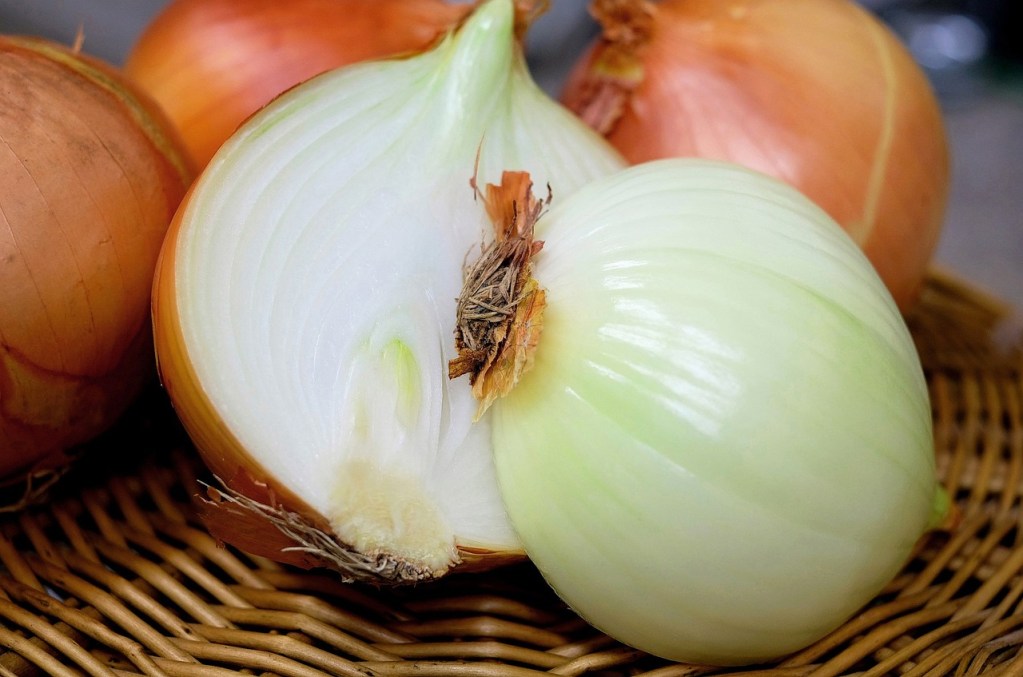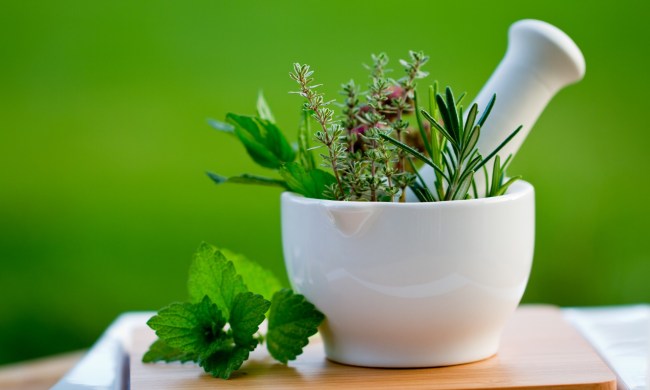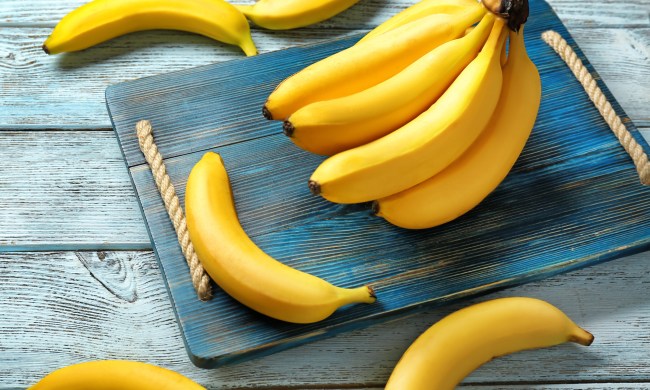Onions grow large, round bulbs that seem to take up a lot of space, which leaves many gardeners wondering if you can grow onions in a container. The good news is you can, and fairly easily! Growing onions in a container is a great way to extend your harvest time, since containers can be brought indoors. They’re also the perfect solution for people who want to garden but don’t have access to outdoor space, such as those living in apartment buildings. An indoor vegetable garden is simple to care for, and onions are a great plant to start with.
If you’re growing onions in a container for the first time, we’ve rounded up everything you need to know for a successful harvest.
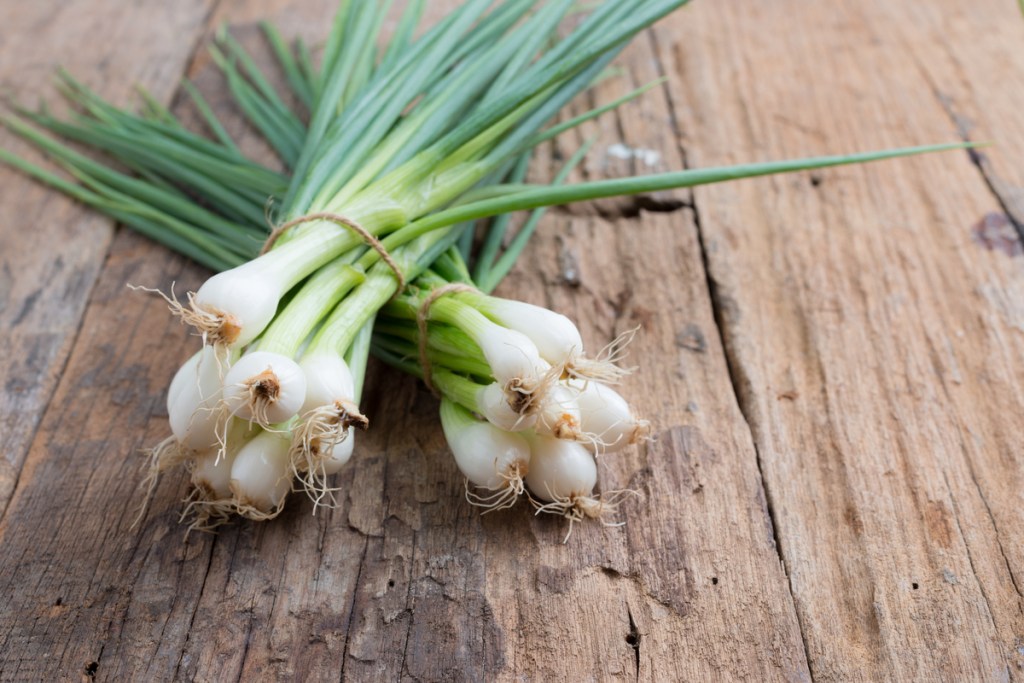
How to choose a container for planting onions
Onions are notoriously big, so how much space do you actually need to grow one in a container? Many gardeners will use a large plastic or galvanized tub several feet wide to plant their onions — with these, you’ll want to drill in holes at the bottom to help with drainage. At the very least, make sure that you give at least three inches around each bulb so your onions can properly grow. Note that if you’re simply planting your onion plants for green onions, you don’t need as much space around them.
In terms of depth, we recommend placing your onions in a planter that’s at least 10 to 15 inches deep. Onions are shallow-rooted, but it’s a good idea to pack in a decent amount of soil beneath your roots to help them get adequate moisture. In terms of the growing medium itself, use an even mix between compost and well-draining potting soil.
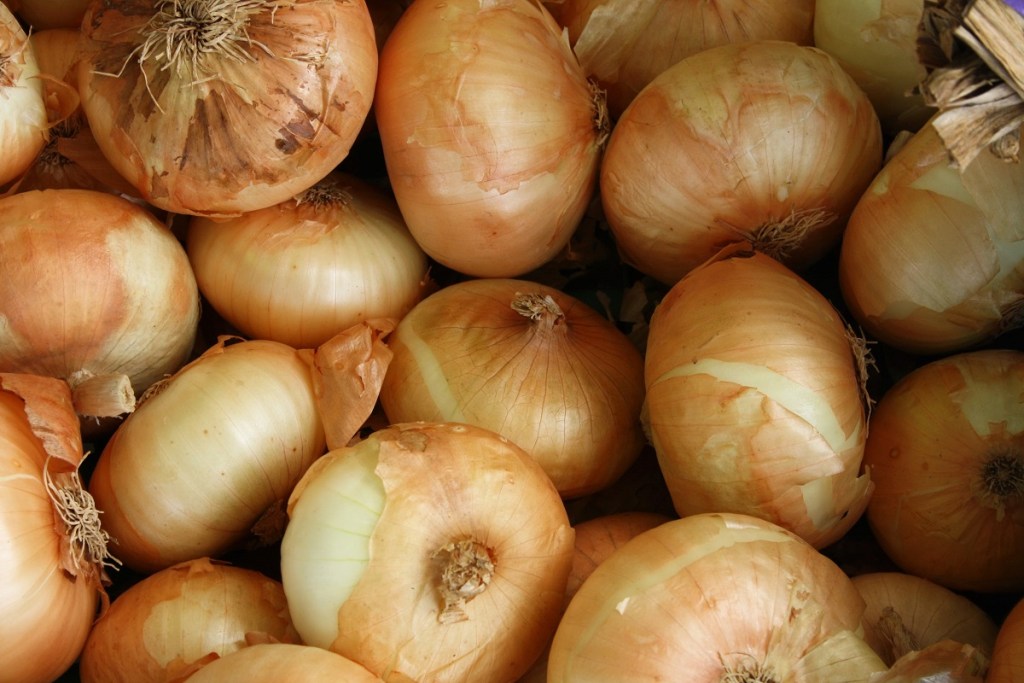
How to grow onions in a pot
You can grow onions in containers in three different ways: with seeds, seedling transplants, and sets.
Growing your onions from seeds
It can be a pretty rewarding process to see your onions go from seed to bulb, although this route may be the most time-intensive. If you’re planning on planting your onions outside at some point, start your seeds eight to 10 weeks before the last frost. Of course, you can also grow your onions indoors, although you’ll want to be mindful of the light and space that you’re giving them. As you would with any other plant, start your seeds by sowing them half an inch deep into a potting mix or coco coir, then give them plenty of warmth, light, and moisture. When the seedlings are about three to four inches tall, you can transplant them into their final home.
Growing your onions from seed transplants
Using onion seedlings from nursery packs will help you shave off a few weeks from your growing calendar, as you won’t have to go through the process of germinating seeds. Over time, you can also remove weaker seedlings to create sufficient space for the most vigorous plants. You don’t have to throw these seedlings out, however. You can definitely repurpose the tops as green onions for your salads, soups, and other dishes.
Growing your onions from sets
If you’re looking for the easiest way to grow onions, consider getting onion sets from your local garden center. Sets are essentially immature onion bulbs that have been forced into dormancy. All you have to do is bury your onion sets into the soil with three inches of surrounding space for each bulb — just make sure that the tops are above ground. In about two months, you should be able to harvest your onions.
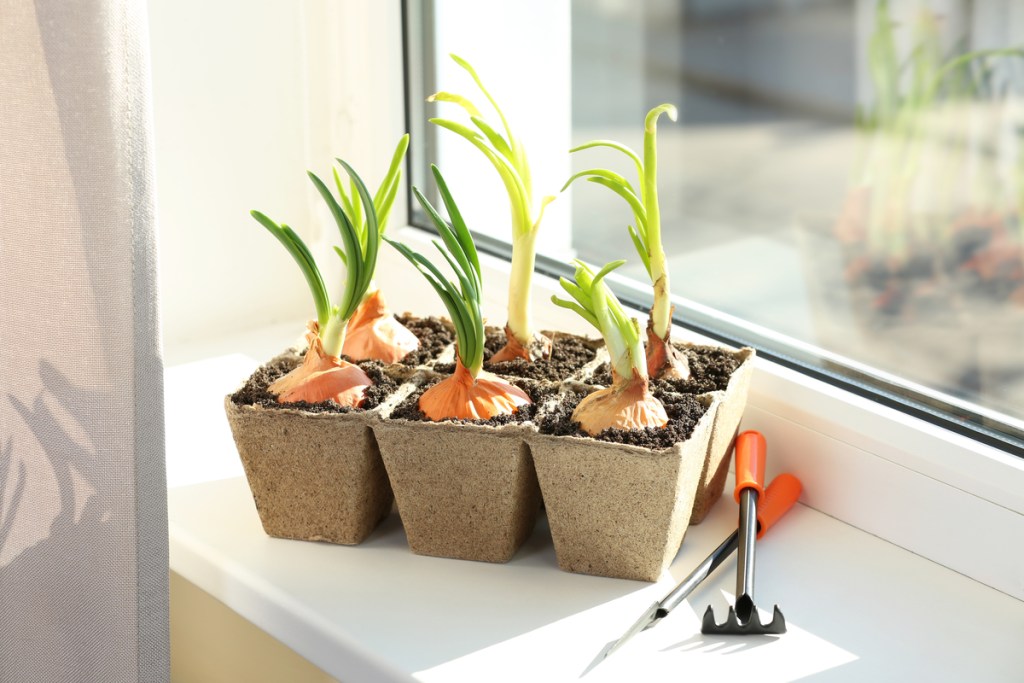
How to care for onions
- Light: Onions need at least 12 hours of full sun a day. If you grow onions indoors or in a corner that doesn’t get sufficient light, supplement with grow lights.
- Water: You never want to leave your soil waterlogged, but it’s a good rule of thumb to keep the soil slightly moist at all times. A once-a-week watering cadence should be sufficient, but always feel the soil before you water. When watering, pull any weeds and occasionally use a hoe to break up the topsoil — onions grow best in loose soil without competition.
- Fertilizer: Onions are heavy feeders, so grow them in soil fortified with organic matter to yield decent-sized bulbs. Give them a fertilizer rich in nitrogen to strengthen their shallow root systems.
- Temperature: Onions are relatively cold-hardy, but you’ll want to mulch them or cover them up when temperatures dip below 25 degrees Fahrenheit.
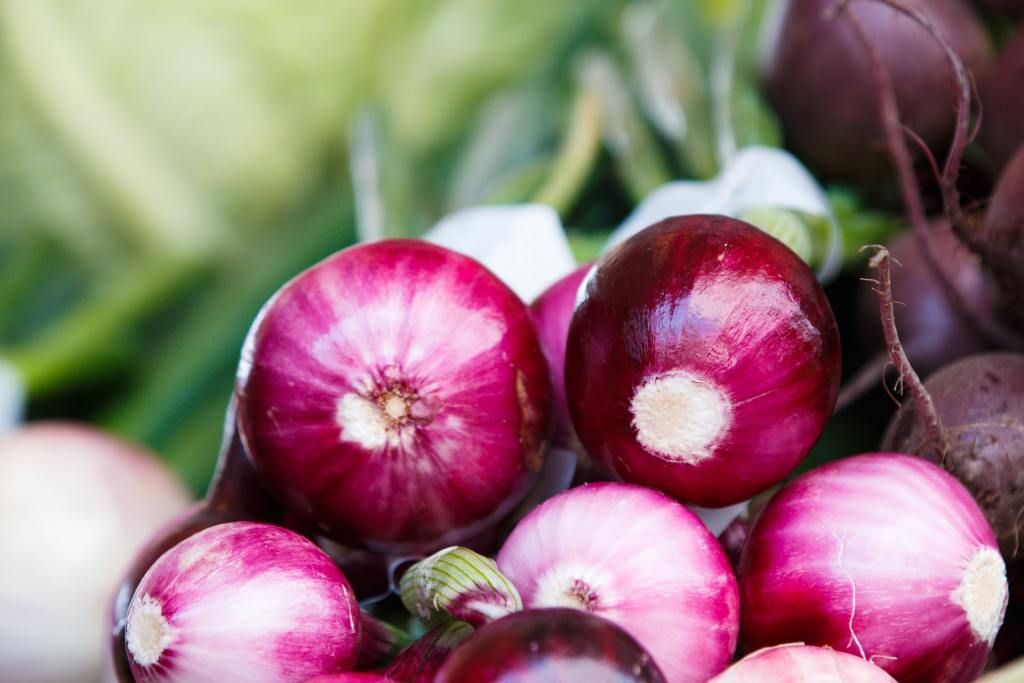
How to know when your onions are ready for harvest
After putting hard work into growing your plant, how do you know when it’s ready for harvest? Since the part we eat is hidden beneath the soil, knowing when to pick your onions might not be obvious. In general, onions need three to four months to mature from the time that you plant them.
Some telltale signs that they’re ready to be picked include soft spots on the top and the tops bending over. After three months with your plant, check for these indicators — with that said, sometimes you’ll simply have to dig up your onions to see how they’re faring. Once you’ve picked your onions, enjoy them in virtually any savory recipe.
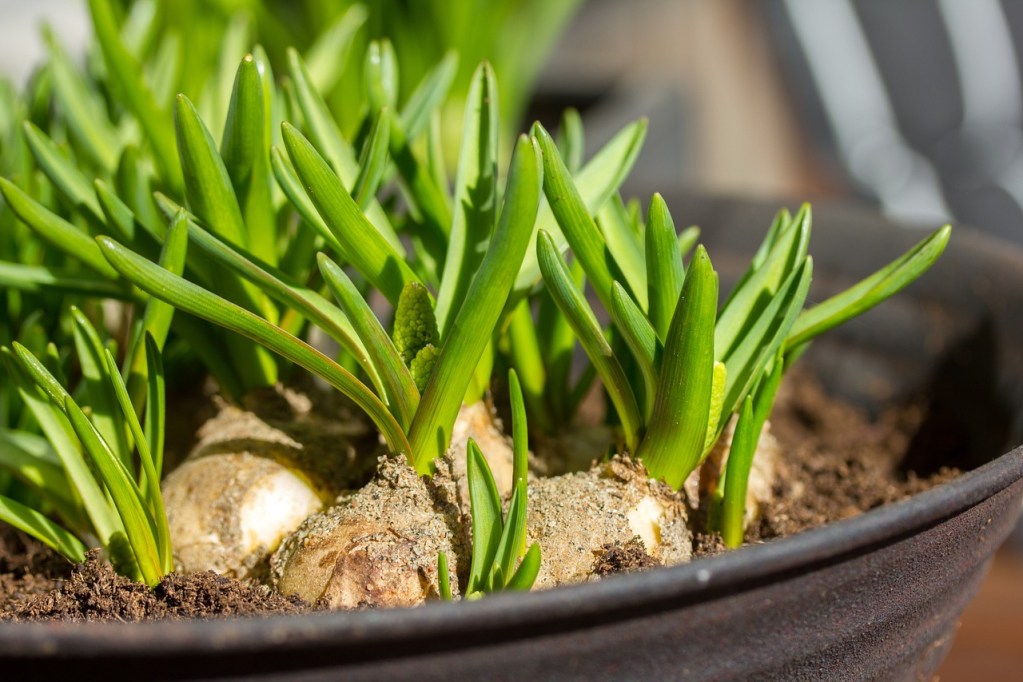
What types of onions grow best in containers?
While any type of onion can be grown in a container, some are easier than others. Smaller onion varieties are the best choice if you’re low on space or are looking to maximize your harvest, since more of them can be grown in a single container. Green onions and pearl onions are the smallest onions, and pearl onions in particular are popular for their sweeter flavor and many uses. Green onions can grow easily in water and soil, and need less light than other onions, making them well suited for window sill gardens.
Larger onion varieties can still be grown in containers, although you’ll need more space for them. Additionally, larger onions may struggle to get enough light indoors, so a grow light may be needed to supplement the sunlight.
With a large tub and a supply of compost with well-draining potting mix, you’ll be on your way to harvesting flavorful homegrown onions. With onions, you have multiple growing options, even if you’re doing so in containers — grow them from seed, transplants, or sets. Add sunshine, water, and fertilizer, and you can dig up healthy onions in two to three months.
